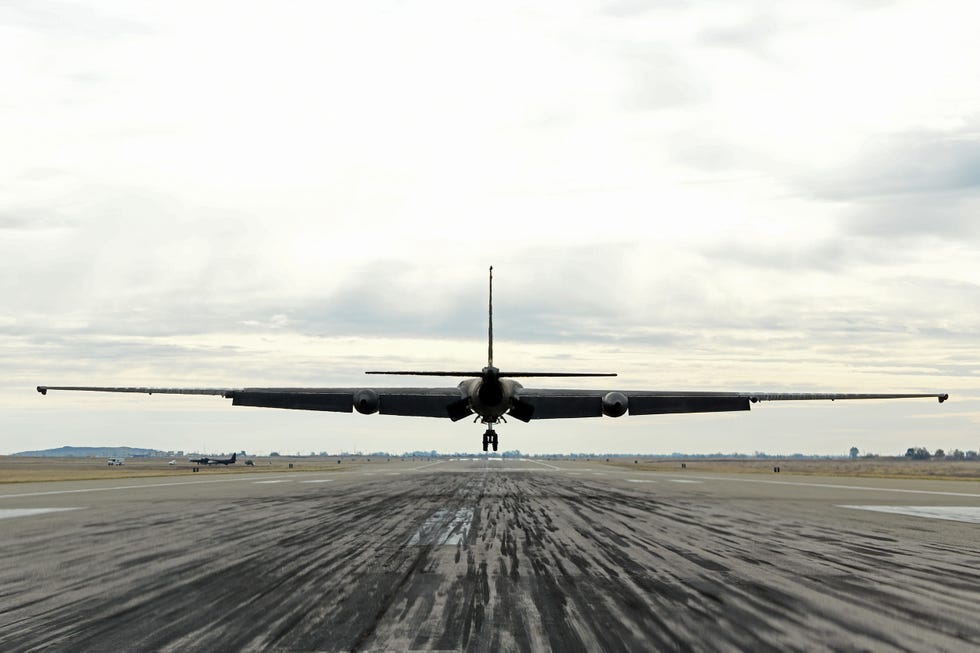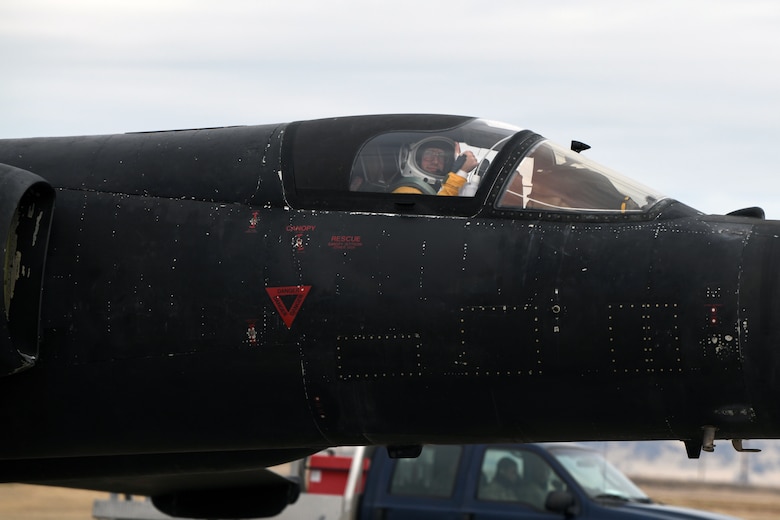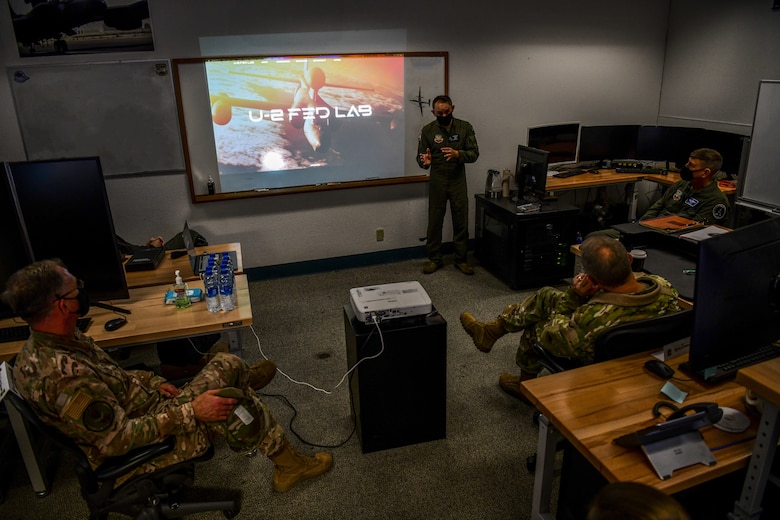The US spy plane, U-2 ‘Dragon Lady’, becomes the first US military aircraft powered by artificial intelligence (AI). The plane’s sensor and the navigation systems were controlled through an AI algorithm during a test-flight conducted recently.
The AI algorithm, ARTUµ, was onboard as “a co-pilot” alongside the pilot, US Air Force’s Major “Vudu”, on the Lockheed Martin single-jet engine, high altitude reconnaissance aircraft.
Mainly operated by the USAF for gathering day and night, high-altitude, all-weather intelligence, the U-2 spy plane has also been used by the Central Intelligence Agency (CIA) in the past.

Vudu, who is assigned to the 9th Reconnaissance Wing, flew the aircraft with the support of ARTUµ, marking a major leap forward for the US military, as it was the first time in its history that AI was practically used.
AI is one of the most promising pieces of modern technology to be used on future aircraft, tanks, ships, and other military hardware. It is mainly the ability of a digital computer or a digitally-controlled robot in performing tasks that are usually performed by humans.

However, unlike the natural intelligence displayed by humans or animals, AI is demonstrated by machines to perceive the environment and perform actions so as to maximize the chance of successfully achieving their goals.
According to reports, the AI is set to be used on US Air Force’s sixth-generation F/A-XX stealth fighter under its Next Generation Air Dominance (NGAD) program and other future aircraft across the world.
Though the U-2 experiment signifies a small step towards deploying a computerized co-pilot, it may open doors for far greater use of AI in defense technology.
The ARTUµ algorithm has been developed by Air Combat Command’s (ACC) U-2 Federal Laboratory. The laboratory has trained the AI to carry out specific in-flight tasks that would normally be executed by a human pilot.

The training flight, which was carried out in California, was a specifically planned exercise to pit the AI against another dynamic computer algorithm. The process was to ascertain its technology capability along with its ability to work in coordination with a human being.
According to senior defense officials, while the plane was invariably steered by the human pilot instead of the AI, it is still a major leap in incorporating AI into military aircraft. The use of AI in military applications is still a hotly debated issue.
Dr. William Roper, Assistant Secretary of the Air Force for acquisition, technology, and logistics, said that the test flight was the final product of years of concentrated efforts of applying cutting-edge technology to military operations.
ARTUµ’s groundbreaking flight “culminates our three-year journey to becoming a digital force”, he said. Failing to realize AI’s full potential will mean ceding decision advantage to our adversaries, Roper warned.
/arc-anglerfish-arc2-prod-mco.s3.amazonaws.com/public/WLTN42FVSFFTDJUSD24ETGGSTY.jpg)
While Vudu flew the aircraft, ARTUµ was responsible for sensor employment and tactical navigation. The pilot and the AI co-pilot flew a reconnaissance mission during a simulated missile strike under which ARTUµ’s role was to find enemy launchers and Vudu carried out the task of finding enemy aircraft.
Commenting on the development, former Google chief executive Eric Schmidt, who had headed Pentagon’s Defense Innovation Board in the past, said, “(It is) the first time, to my knowledge, that you have a military system integrating AI, probably in any military.”
Follow EurAsian Times on Google News




